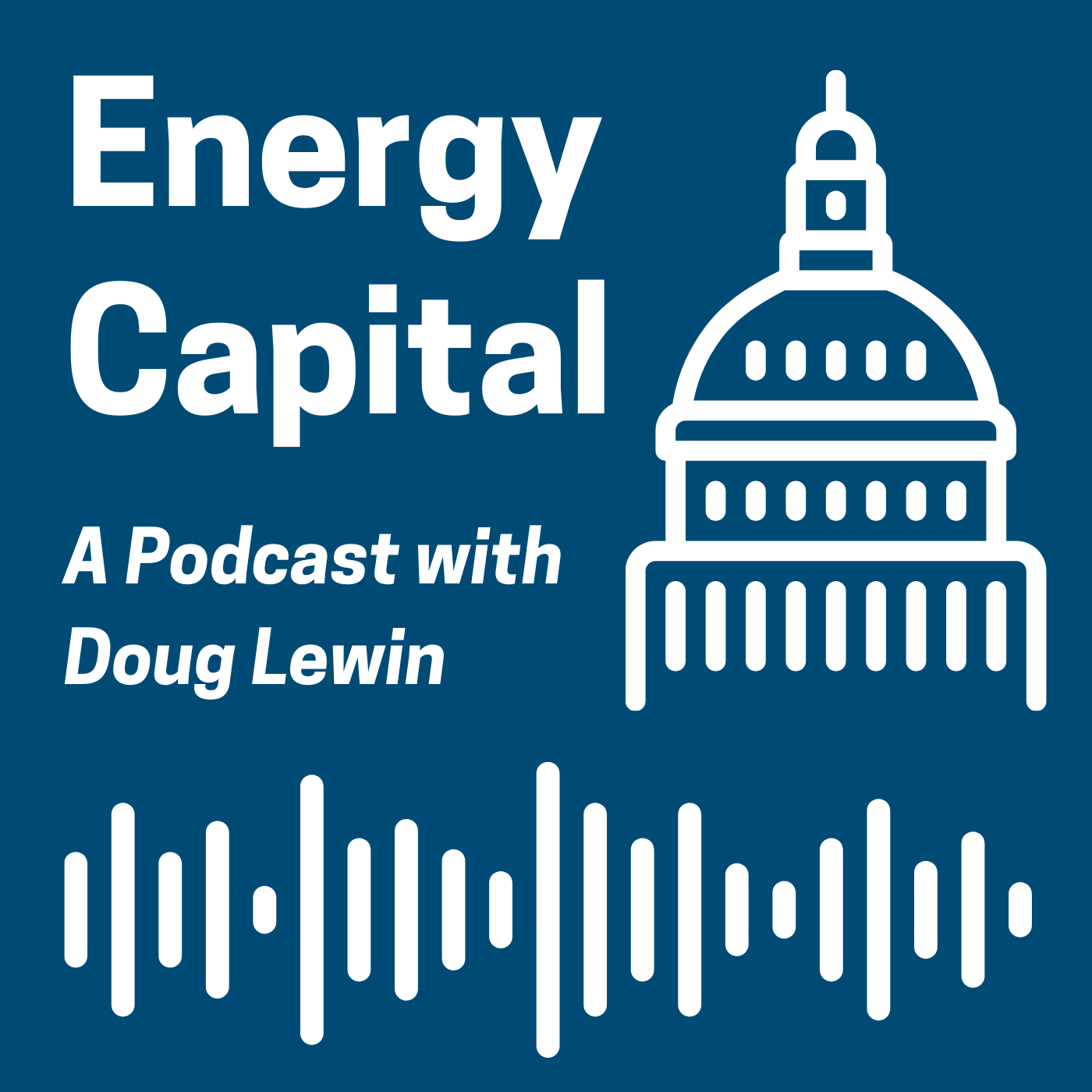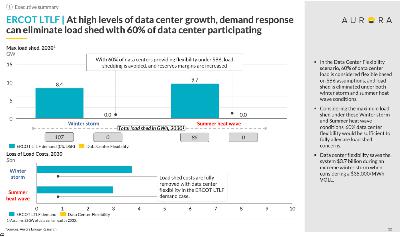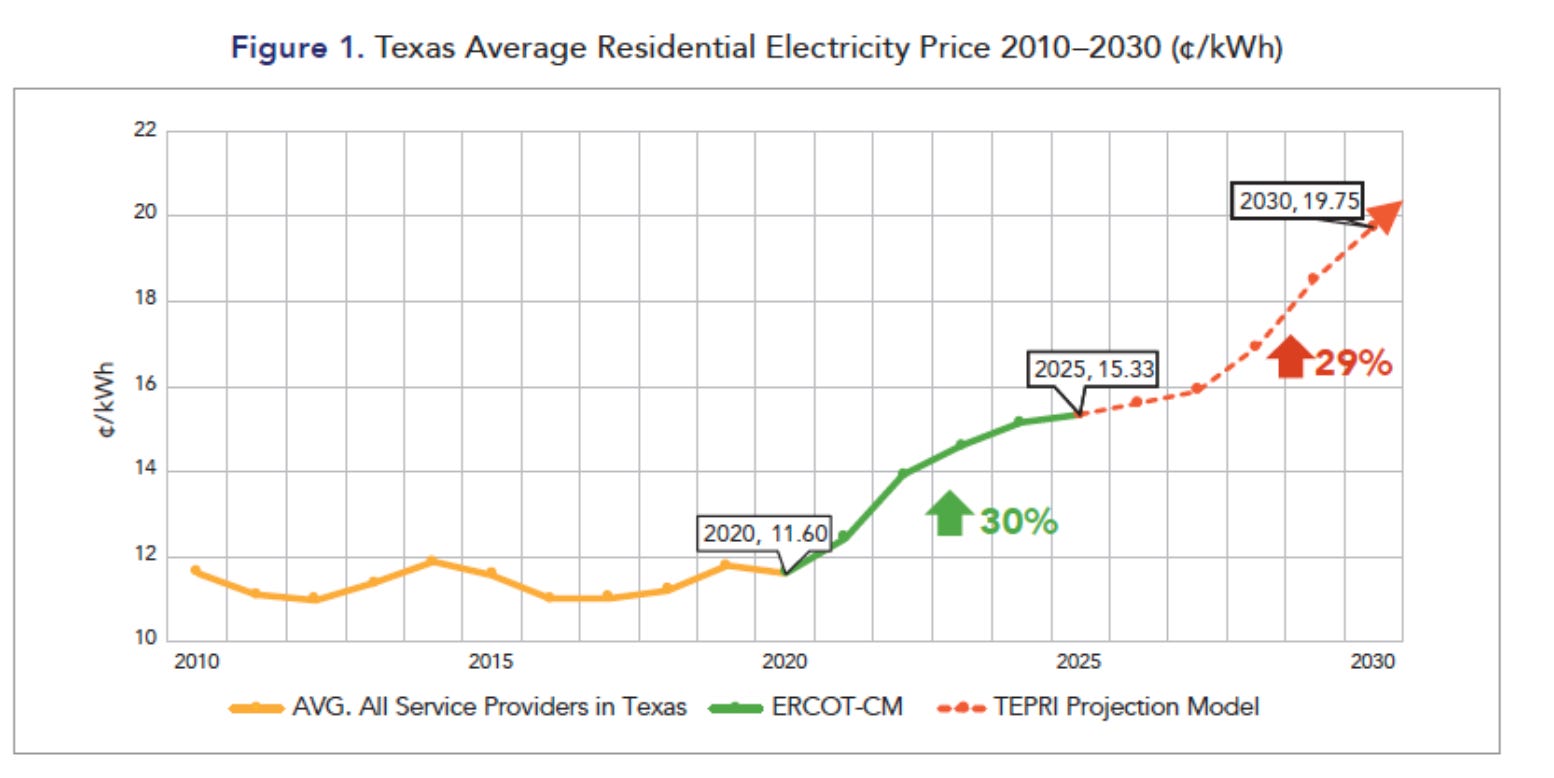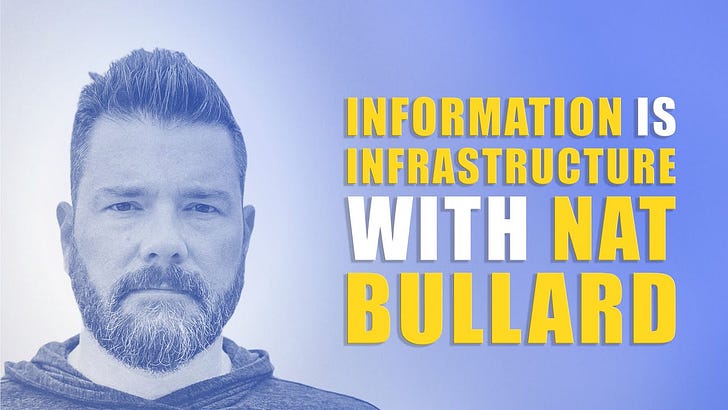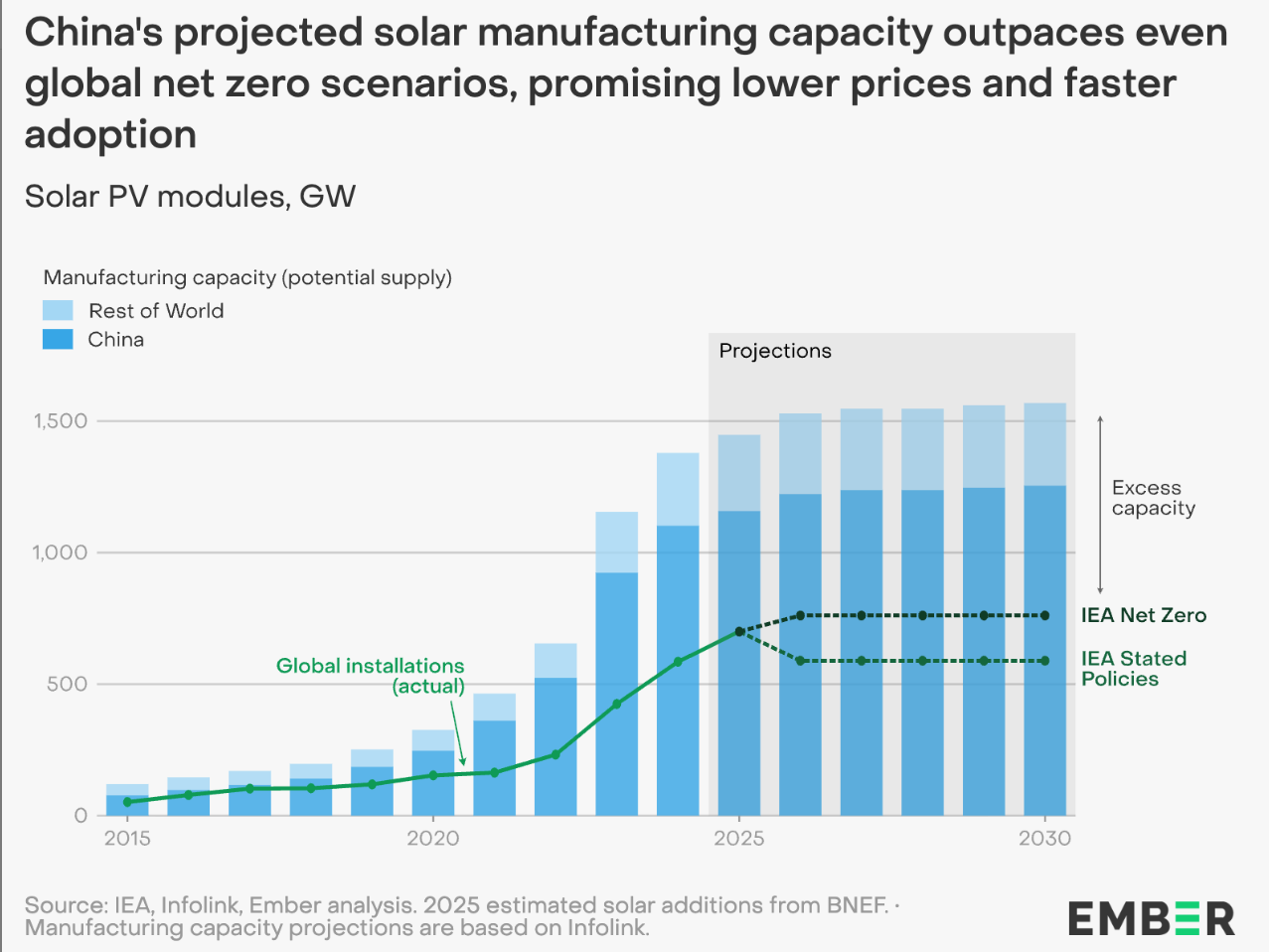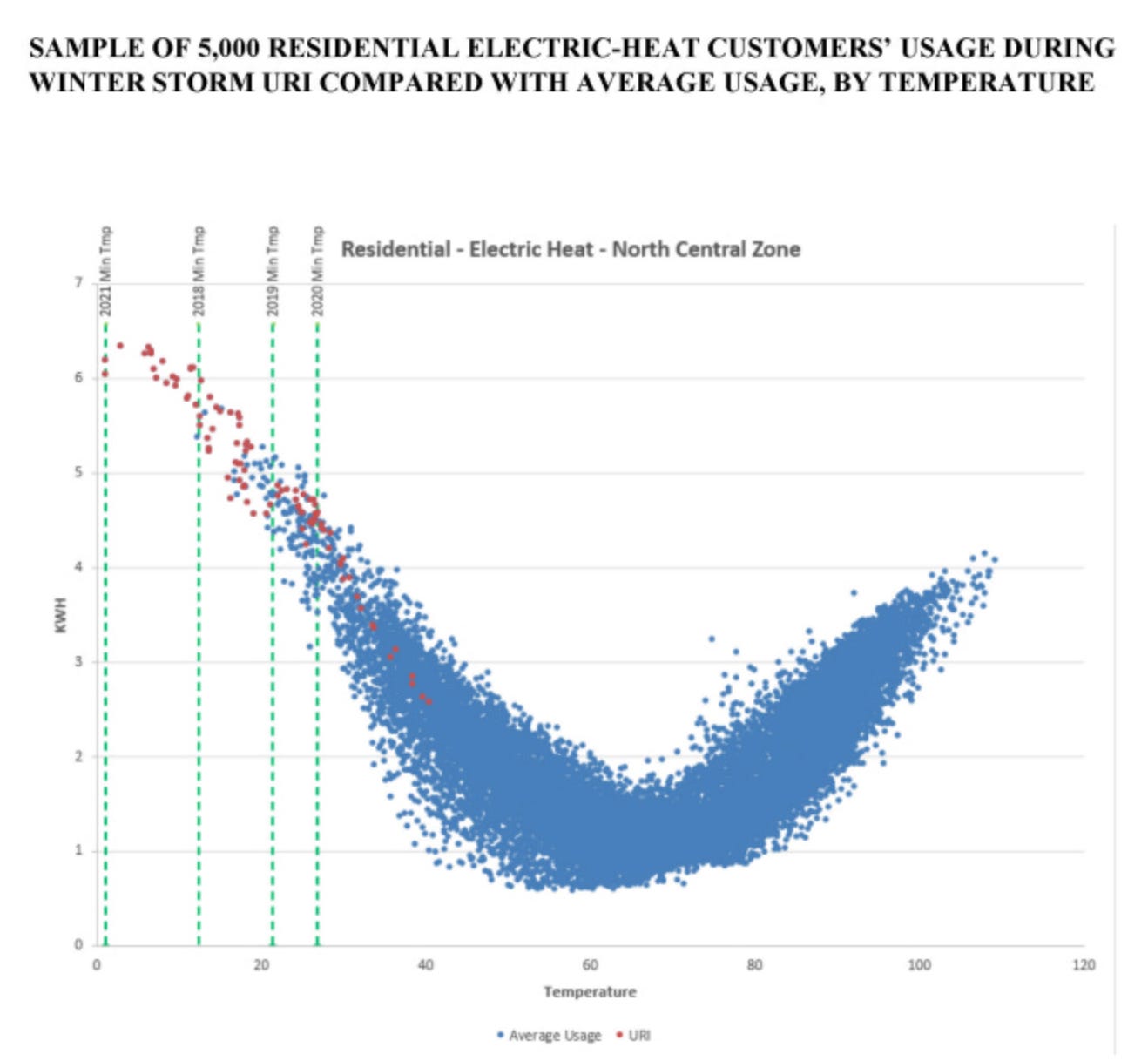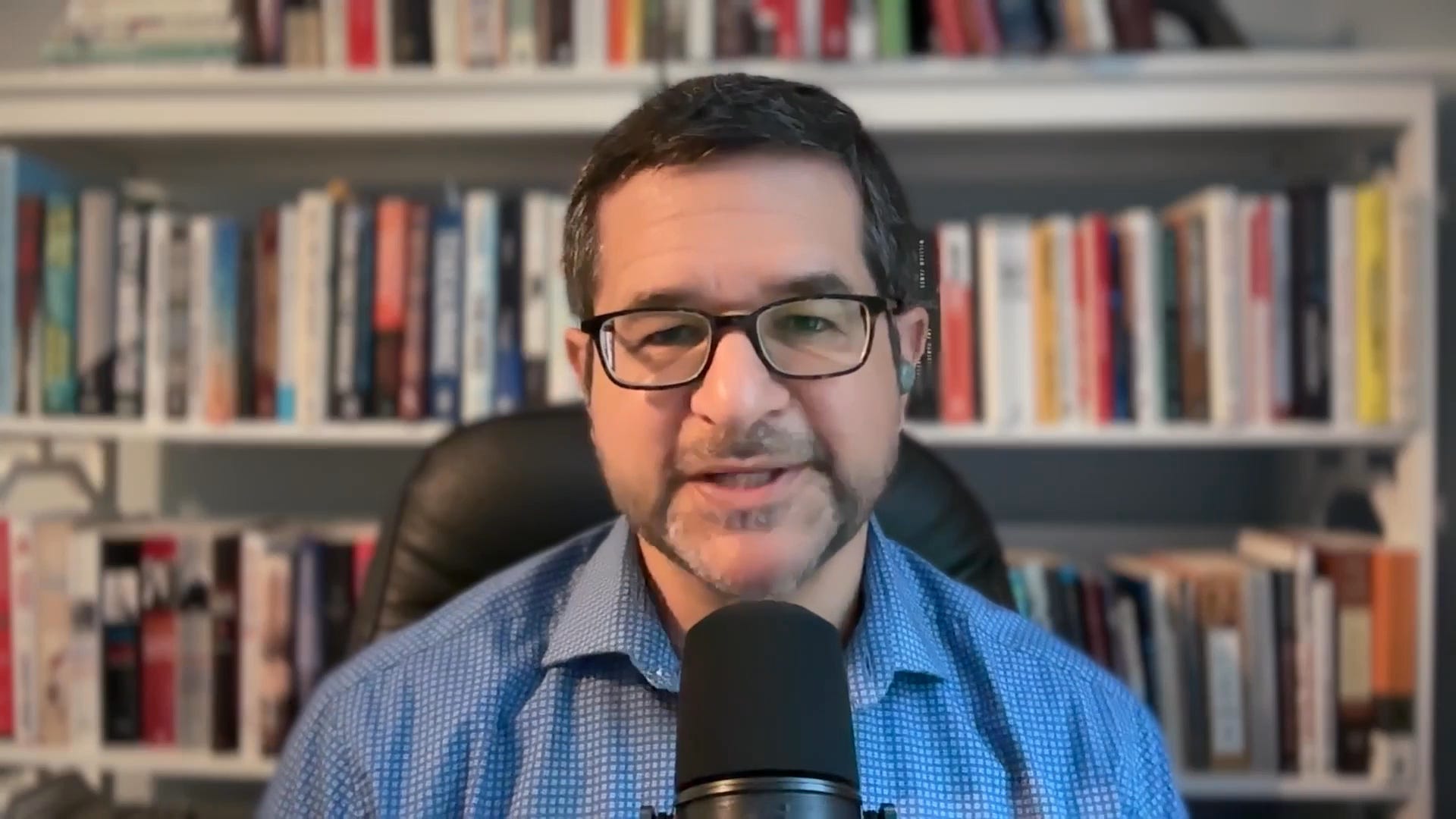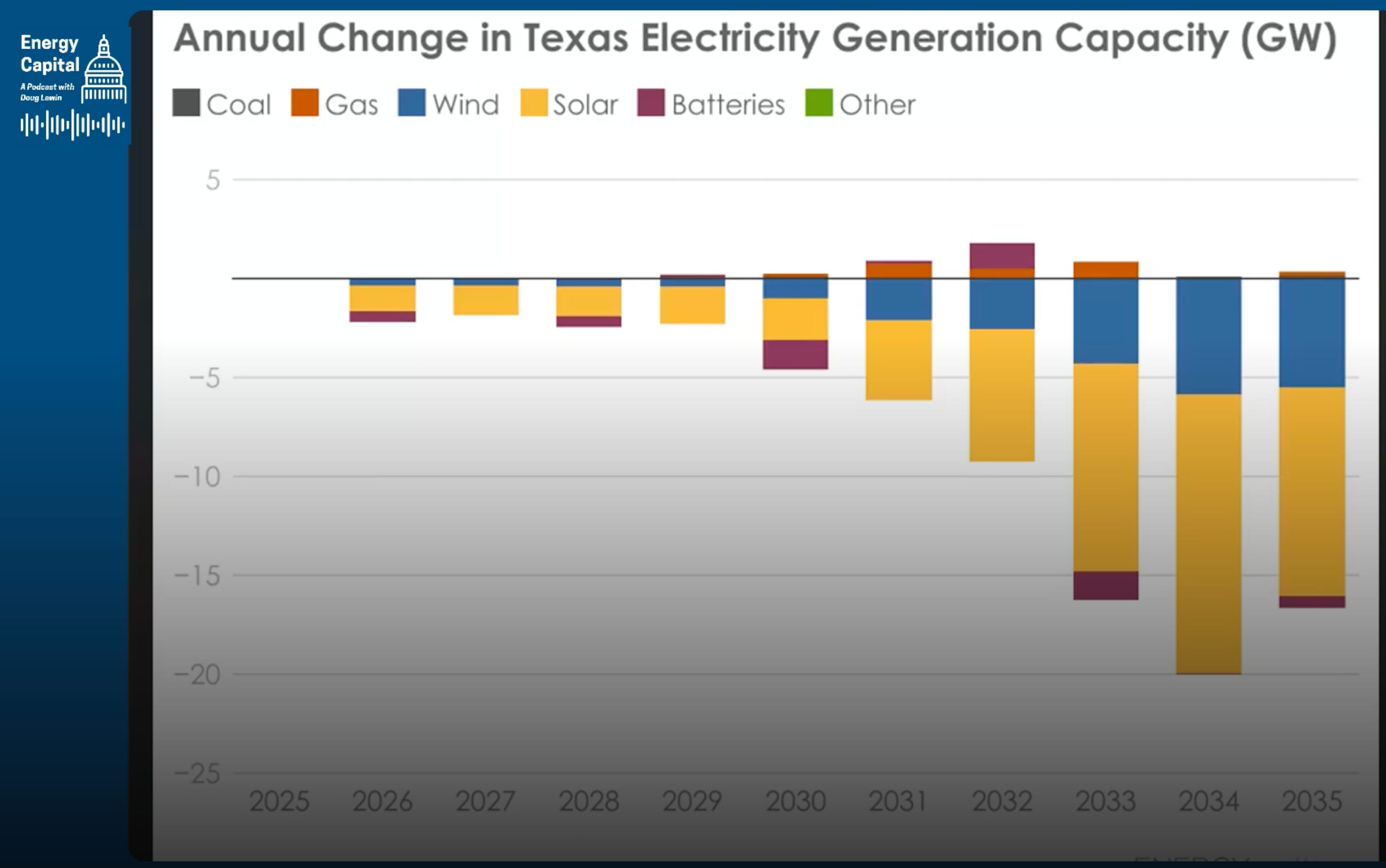Why Are Energy Bills Rising So Fast? A Conversation with Charles Hua
Description
Watch the Full Conversation with Graphs on YouTube (Updated)
Utility bills are rising faster than ever. In the first half of 2025 alone, utilities requested $29 billion in rate increases, already a record for any full year, with months still to go. That’s more than double the pace of 2024.
If you’re wondering why, you’re not alone. I hear this question constantly: “If renewables lower costs, why is my bill going up?”
The answer: transmission and distribution. The costs of poles, wires, substations, and local infrastructure that move electricity from plants to homes is rising quickly, while the cost of generation is flat or declining in most places.
To unpack why — and what can be done to help struggling consumers — I sat down with Charles Hua, Director of Powerlines, a new national consumer advocacy group focused on modernizing the regulatory system.
The Real Reason Bills Are Rising
“Generation is not what’s driving up bills. It’s really the transmission and distribution piece.” – Charles Hua
Utilities are pouring capital into poles, wires, and substations. Much of it is necessary, but some isn’t. And because utilities earn profits on capital expenditures, they’re incentivized to build more; they are not incentivized to find cheaper alternatives.
The data is striking: wholesale electricity prices have been flat, or even declined, over the past 15 years. Nationally, retail prices for households, meanwhile, have jumped from about 12¢ to 16–17¢ per kWh. And gas utility bills have been rising faster than electric bills. Those gaps are revealing.
All Regulation Is Incentive Regulation
Utilities make money by earning a rate of return on capital projects. But operational expenses, like vegetation management that could prevent outages, or cloud-based outage trackers, do not generate profits. The result is a bias toward big builds instead of low-cost, reliability-focused fixes.
This is the system we have created and that needs reform.
Consumers know something’s broken. Powerlines’ survey shows 4 in 5 Americans feel powerless over their utility bills, across Democrats, Republicans, and independents alike. Many don’t know what’s driving costs, and rate cases remain opaque and inaccessible.
Short-Term Fixes: Squeezing More Juice from the Grid
We don’t have to accept runaway bills as inevitable. There are proven tools available now:
* Grid-enhancing technologies (GETs): Sensors and software that increase the capacity of existing lines. Charles calls them “ibuprofen for the grid.”
* Distributed energy resources (DERs) and virtual power plants (VPPs): Solar, batteries, and smart devices coordinated to reduce peak demand and defer new builds.
* Energy efficiency: Still the cheapest, fastest way to cut bills, though underutilized in Texas compared to other states.
Each of these solutions stretches the grid we already have, reducing the need for constant billion-dollar expansions.
Long-Term Reforms: Aligning Incentives with Outcomes
Fixing incentives is key. Options include:
* Performance-based regulation (PBR): Tying utility profits to outcomes like affordability and reliability, not just capital spending.
* Distribution system planning: Opening the “black box” of utility investment so alternatives like DERs can compete with substation expansions.
* Return on equity reforms: Expanding utility profit opportunities to operational solutions, not just capital-intensive projects.
None of this is simple, but without it, the trajectory is clear: higher bills and growing consumer backlash.
Why Texas Matters
Texas is ground zero for this debate. Utilities like Oncor have outlined multi-decade capital plans that could quadruple spending by the 2030s. If nothing changes, those costs land squarely on customers.
At the same time, Texas leads the nation in renewables, is building out batteries faster than any other state, and has the independent streak to pioneer smarter utility models.
As Charles put it, “Now is the time for consumers to get engaged.”
Final Thoughts
Utility bills do not have to keep spiraling upward. We need investment in the grid, yes, but smart, efficient investment that maximizes resiliency while protecting affordability.
This is where public utility commissions come in. Their decisions determine how much we pay, how reliable our grid is, and how fast we can adapt to rising demand.
The challenge is real. So is the opportunity. If we get this right, Texas and the U.S. can build a grid that is stronger, smarter, and more affordable.
Let’s make sure consumers have a voice in shaping it.
Timestamps
* 00:00 – Introduction
* 02:00 – Meet Charles Hua, Powerlines
* 05:00 – Why bills are rising
* 09:30 – Different types of utilities
* 12:00 – Profits and business model of T&D utilities
* 13:30 – Alternatives to rate-based infrastructure
* 15:00 – Why rates keep going up even as generation costs go down
* 17:00 – Texas rates are low but our bills are high
* 19:30 – Why 80% of consumers feel powerless over their electric bills
* 22:30 – How ratemaking works, difference between OpEx and CapEx
* 30:00 – All regulation is incentive regulation: moving toward paying for performance
* 34:30 – The coming CapEx wave as evidenced by Sempra/Oncor
* 39:30 – PUC engagement of the public; public interest in electricity and energy
* 46:00 – Near term solutions, including Grid Enhancing Technologies (GETs) as “ibuprofen for the grid”; time-of-use rates, distribution system planning, etc.
* 52:00 – Consumers aren’t represented at PUC’s now
* 54:00 – How the public can engage in Texas
* 57:00 – Different “win-win” business models that benefit utilities and consumers
Resources
Featured Guest & Organization
* Charles Hua – Director of Powerlines, a national consumer advocacy group focused on modernizing utility regulation.
* Powerlines.org – Reports, resources, and ways to get involved in utility regulation
Mentioned in this Episode:
* Tyler Norris et al., Rethinking Load Growth (Duke University)
* Powerlines Report: Utility Bills Are Rising – Q1 and Q2 2025 Data on Utility Rate Increase Requests
* For help shopping for better rates, see Power to Choose
* Excellent Volts Podcast with Charles Hua
* PUC Office of Public Engagement
* Office of Public Utility Counsel of Texas
Related Energy Capital Podcasts
* Octopus Energy US with Nick Chaset – discussion of EV rates and flexible load
* Zach Dell with Base Power Company
* Tyler Norris (Duke University) – deep dive on ERCOT load factor and grid efficiency
* More episodes on utility regulation, affordability, and grid planning are available in the Energy Capital archives.
Find More on Social
Transcript
Doug Lewin (00:04 .78): Welcome to the Energy Capital podcast. I'm your host, Doug Lewin. My guest this week is Charles Hua, the director of Powerlines. Powerlines is a fairly new organization now, a little over a year old, that is focused on helping people understand the critical and important job that public utility commissions do day in, day out to increase reliability and hopefully keep electricity prices lower. I really enjoyed this conversation. Charles is incredibly smart and insightful. And we got into what I think is probably the most common question I get on Twitter and LinkedIn. So

